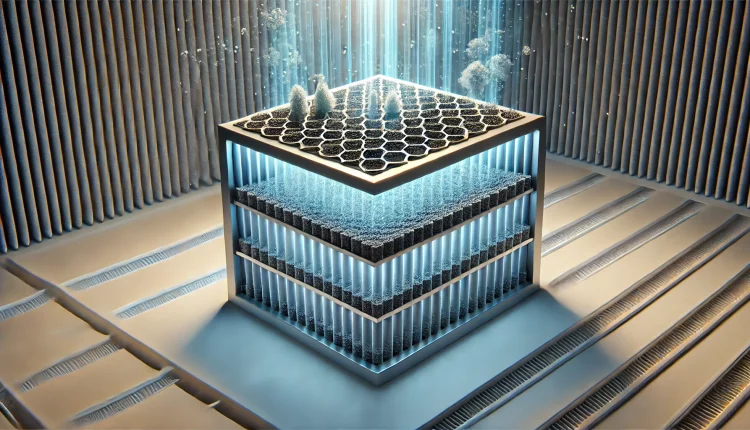In recent years, the demand for cleaner, healthier environments has pushed air purification technologies to evolve beyond traditional filtration. Among the most promising innovations in this field are photocatalytic filters—a solution that doesn’t just trap pollutants but actively breaks them down at a molecular level.
What Are Photocatalytic Filters?
Photocatalytic filters are advanced air purification systems that leverage the principle of photocatalysis to eliminate airborne contaminants. Unlike standard filters that merely capture particles, photocatalytic systems use light-activated chemical reactions to neutralize harmful substances, including volatile organic compounds, bacteria, viruses, mold spores, and unpleasant odors.
This technology’s heart is a photocatalyst, often titanium dioxide (TiO₂), which becomes highly reactive when exposed to ultraviolet (UV) light. This interaction generates reactive oxygen species—such as hydroxyl radicals—that oxidize and decompose organic pollutants into harmless compounds like carbon dioxide and water.
How Photocatalytic Filtration Works
The process is straightforward yet powerful:
- Air passes through the filter, where it encounters a surface coated with the photocatalyst.
- UV light activates the photocatalyst, triggering a chemical reaction.
- Pollutants in the air are oxidized by the reactive species generated during the reaction.
- The result is purified air, free of many invisible threats affecting indoor air quality.
This continuous, self-sustaining reaction means that the filter doesn’t get “clogged” in the same way as traditional media filters. Instead, it destroys contaminants on contact, making the system both efficient and long-lasting.
Their ability to function effectively in high-load, high-contamination environments makes them particularly attractive in areas where other filtration technologies struggle to keep up.
Key Benefits of Photocatalytic Filters
There are several reasons why this technology is gaining traction:
- Active pollutant degradation: Unlike passive filters, photocatalytic systems don’t just trap contaminants—they destroy them.
- Effective against a wide range of pollutants: From VOCs to microorganisms, they cover a broad spectrum of indoor air threats.
- Longer lifespan: Since contaminants are broken down rather than accumulated, the filter surface remains active longer, reducing maintenance.
- No secondary pollution: The byproducts of the reaction are non-toxic, meaning cleaner air without introducing new risks.
- Energy efficiency: Especially when combined with LED-based UV sources, the systems can operate with low energy consumption.
What to consider before implementation
While the benefits are clear, successful implementation depends on the correct system design. Factors such as airflow rate, light intensity, surface area of the catalyst, and the type of pollutants present can all influence performance.
In some applications, combining photocatalysis with other filtration stages (like HEPA or activated carbon) ensures broader protection and improved performance. This hybrid approach is particularly useful in environments where both particulate and gaseous contaminants are present.
A step toward smarter, safer air
As more industries and consumers prioritize air quality, photocatalytic filters are emerging as a critical tool in modern air purification strategies. Their ability to neutralize pollutants at a molecular level makes them far more than just another filter—they represent a shift toward proactive air treatment.
Whether you’re managing an industrial facility, designing a high-performance HVAC system, or simply looking for cleaner air at home, photocatalytic filtration is a forward-thinking solution that combines science, sustainability, and performance.


